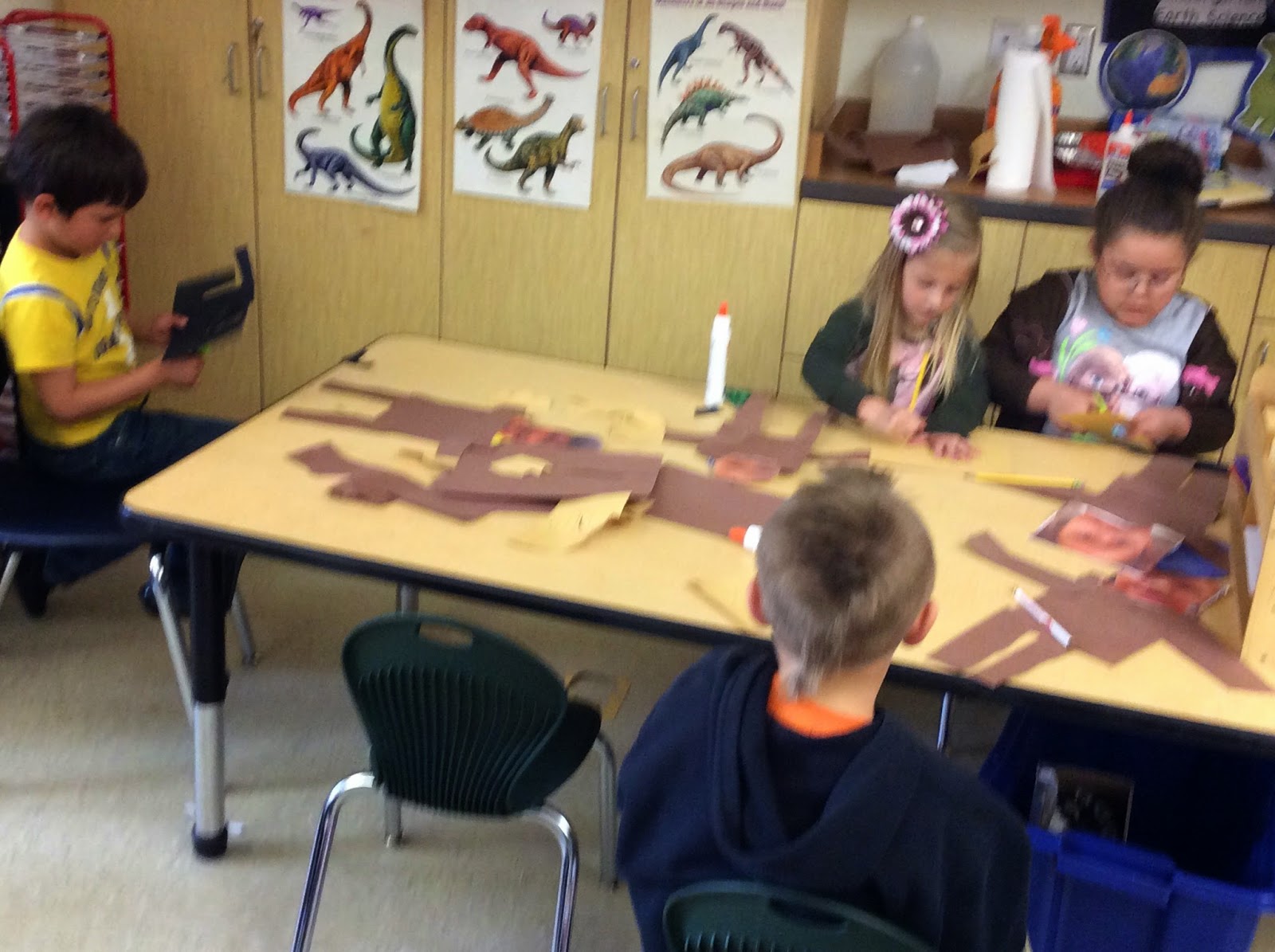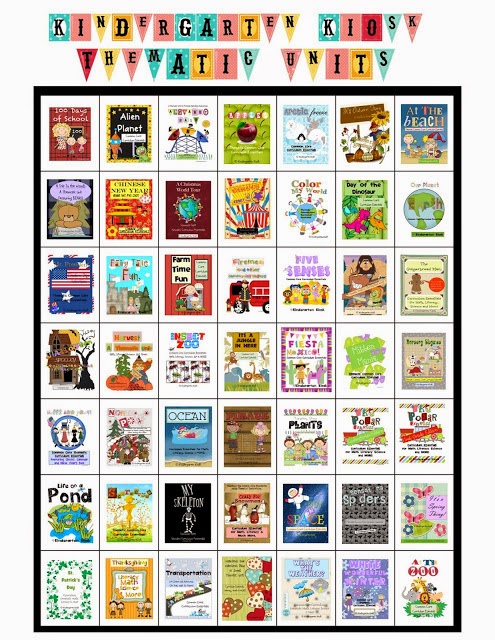Love it or hate it, technology is here to stay. The opportunities to include technology in the classroom are endless, but not every teacher will or should follow the same technology program. Depending on available materials and devices, each teacher needs to decide what programs, apps, and options will enhance learning and make teaching a little easier.
So, what is a good educational app? One that is fairly easy to use is Educreations. It can be accessed from your computer or i-pad. You can sign up for a free account (and download the free app on your i-pad) to try Educreations; a pro account (with additional options) costs around $100/year.
Educreations can be a digital whiteboard - you can “write” on your i-pad screen or use the mouse for your computer to write numbers, letters, or words. It’s great for displaying equations, spelling sight words, or writing anything that you would write on a standard whiteboard. Students will be engaged and even a little impressed by your “talent!”
Educreations can also be used to make a simple slide show. You can insert photos or clip art, add text, and record information. Your slide show can be shown to the entire group, used by students in class at an independent center, or accessed at home as part of a homework assignment.
If you aren’t familiar with Educreations, check it out. With some experimentation you may find that this is a tool that can help you engage students and enhance learning.

























































